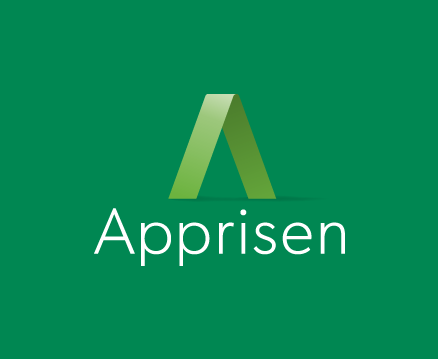by Libby Ludwig
To borrow or not to borrow? Cash is king and always the best way to pay for something, but there are those situations where you might need to borrow money instead. Whether it’s for unexpected expenses or holiday gifts, it’s crucial to evaluate the situation carefully. What factors should you consider before borrowing, and what will it cost you?
Deciding Factors
- You are paying more for an item in order to have it sooner. Interest (and possibly fees) make the “true cost” of the item higher. Calculate that true cost and decide if it is worth it. For example, charging $500 on a credit card with an 18% APR and making only minimum payments would take 3 years and 10 months to pay off, resulting in a total cost of $697.96. If you take a $1500 finance company loan at 40% APR paid over five years – you will pay back a total of $3487!!
- Borrowing today is promising out tomorrow’s $$$. This means that you will have less money in future months as you have promised those funds to loan repayment. So think about what you are going to be giving up in future months to make those payments (less eating out or entertainment? less to savings or long term goals? is there any chance you would have trouble covering your basic needs or previous payment commitments?)
- Never borrow in haste or when your brain is addled by crisis. The worst loans of all are pay day and online loans. If you thought the 40% finance company loan example was bad, wait until you see the calculations for a 700% APR loan. And yes, those loans are out there. But you won’t know that is what you are getting if you don’t read all the terms and do the calculations before you sign!
Better Options to Lower Your True Debt Cost
- Can the purchase be delayed or is there a cheaper option? Sometimes shopping around or saving up can make an enormous difference in the bottom line for cost.
- Get the lowest possible interest rate or APR (which means preparing your credit score before a big purchase, potentially even if it means delaying the purchase and/or rejecting loans if the interest rate is high)
- Get the shortest possible term (even at a good interest rate a 5 year loan costs a lot more than a 3 year loan)
- When possible, pay more than the minimum payment to cut that term even more.
- Make the largest down payment you comfortably can while still preserving your basic emergency fund. Borrowing vs cash does not have to be all or nothing – best to pay all cash, but part cash and a smaller loan is much better than all loan.
Conclusion
When considering borrowing, always weigh the factors to consider before borrowing. This includes understanding the true cost of the loan, the impact on your future finances, and exploring better options to minimize debt costs. Remember, the key factors to consider before borrowing can help you make informed decisions and avoid financial pitfalls.
And as always, if you have questions or would like to talk through options in preparation for a loan, or updating the budget to repay a debt, we’re here to go through that with you.
Share this article


